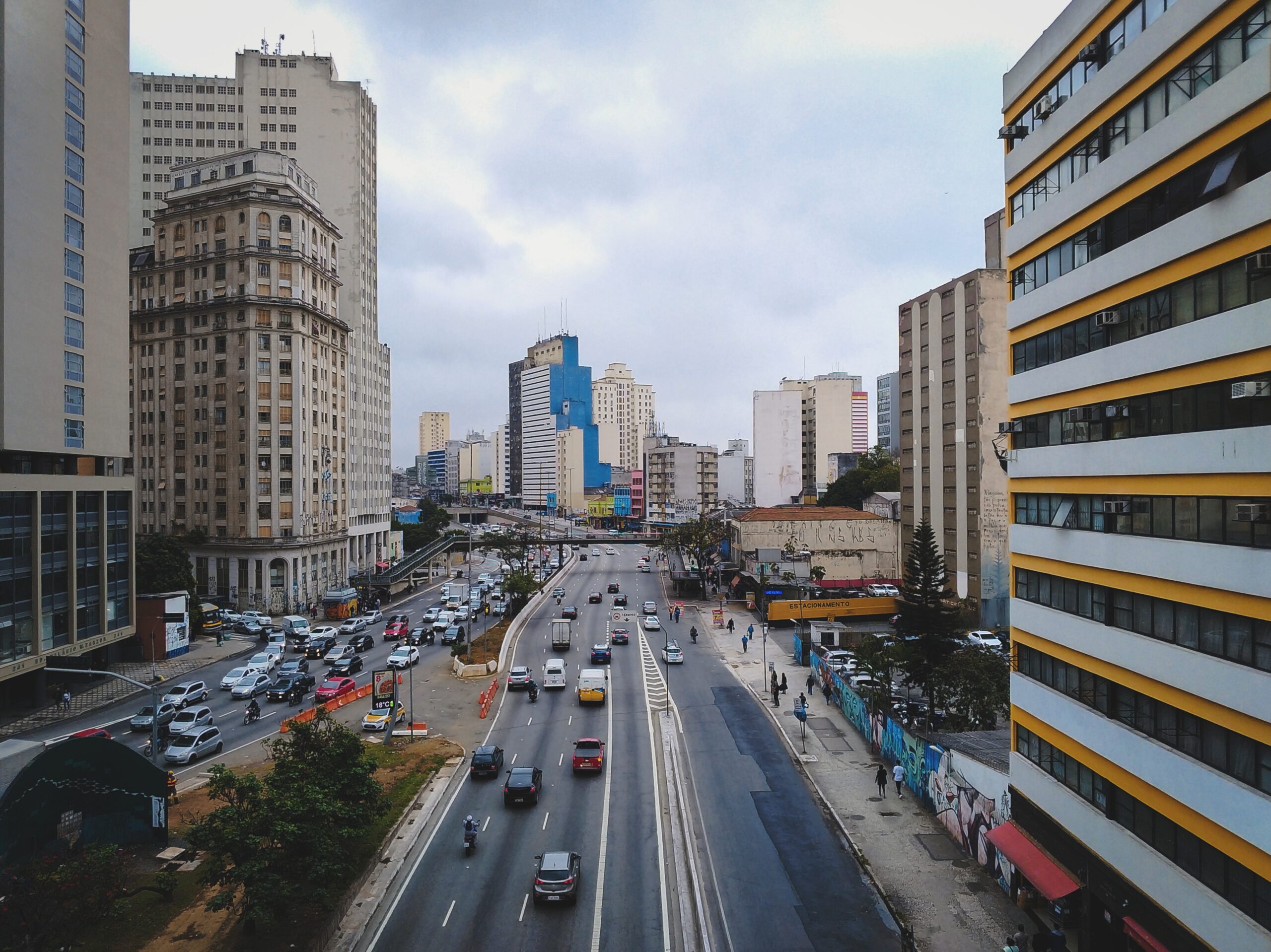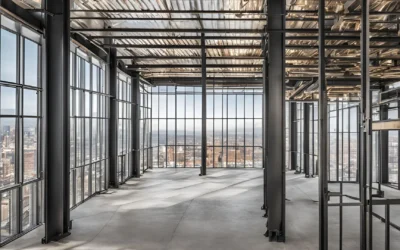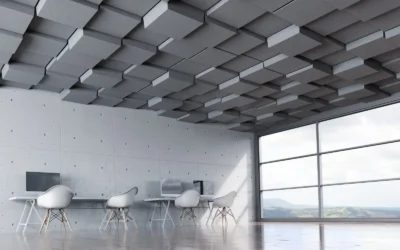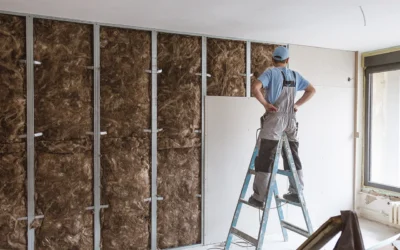Critical Considerations for Drywall Installation in High-Traffic Areas

Drywall installation in high-traffic areas requires careful planning and consideration to ensure durability, aesthetics, and ease of maintenance. Sites such as corridors, lobbies, or retail spaces experience significant foot traffic and are prone to wear and tear.
Read on to learn about the top considerations for drywall installation in high-traffic areas, including material selection, impact resistance, finish options, and maintenance strategies.
Material Selection
Opting for products with enhanced durability and impact resistance would be a wise choice for high-traffic areas. Fiberglass-faced drywall, for example, provides greater strength and resistance to dents and punctures than traditional paper-faced drywall.
A cement board is another excellent option, especially in areas prone to moisture or potential water exposure. By selecting appropriate materials based on the specific needs of the high-traffic area, contractors can ensure long-lasting performance and reduce the need for frequent repairs or replacements.
Impact Resistance
High-traffic areas are susceptible to accidental impacts from carts, furniture, or equipment, leading to dents, cracks, or holes in the drywall. Implementing impact-resistant measures can help mitigate such damages. One option is the installation of corner guards or edge protectors to reinforce vulnerable areas.
Another practical approach is to use thicker drywall panels or add an extra layer of gypsum board to enhance impact resistance. Additionally, considering the application of textured finishes or patterns can help camouflage minor imperfections caused by impacts, maintaining the visual appeal of the space.
Finish Options
Appropriate finishes are crucial for high-traffic areas, as they can impact aesthetics and maintenance. Textured finishes, such as orange peel or knockdown, are often preferred, as they are more forgiving of minor imperfections and can withstand abrasion better than smooth finishes. Choosing finishes that are visually appealing and easy to clean and maintain is essential.
Semi-gloss or satin paint finishes can enhance durability and facilitate cleaning, reducing the visibility of scuff marks and fingerprints commonly found in high-traffic spaces.
Maintenance Strategies
High-traffic areas require regular maintenance to keep them looking their best. Implementing proactive strategies can help extend the lifespan of the drywall system. You can consider the application of protective coatings, such as clear sealants or anti-graffiti coatings, to enhance durability and ease of cleaning.
Educating facility managers or occupants on proper maintenance practices, such as regular dusting, periodic cleaning, and prompt repair of any damages, is essential. Additionally, having a readily available supply of touch-up materials, including paint and joint compound, can facilitate quick maintenance and minimize the impact of wear and tear.
Acoustic Considerations for High-Traffic Areas
Managing noise levels is essential for maintaining a comfortable and productive environment in high-traffic areas. Incorporating acoustic considerations into drywall installation can help minimize noise disruptions. You can use soundproof drywall products or techniques such as double-stud walls or resilient channels to enhance sound isolation.
Applying acoustic sealants and proper insulation materials can improve sound absorption and reduce sound transmission. By addressing acoustic concerns during drywall installation, contractors can create quieter and more pleasant high-traffic spaces, improving the overall experience for occupants and visitors.
Ready to create durable and visually stunning drywall systems for your high-traffic areas? Partner with Curtis Partition, your trusted expert in commercial drywall installation. Contact us today to discuss your project and discover how we can transform your spaces with our expertise and quality craftsmanship.
Related Articles
Metal Stud Framing: The Backbone of Modern Commercial Construction
The days of wood framing dominating commercial construction are long gone. Today, metal stud framing is the industry standard, offering unmatched strength, fire resistance, and longevity. Unlike wood, metal studs don’t warp, rot, or attract pests, making them the...
The Top 6 Uses for Acoustical Ceilings
Acoustical ceilings play a critical role in modern commercial and industrial spaces. Designed for sound absorption, noise control, and enhanced aesthetics, these ceilings create comfortable environments by reducing echoes and improving speech clarity. Whether in a...
Common Drywall Mistakes Will That Cost You Time and Money (And How to Avoid Them)
Drywall installation seems simple enough—hang the sheets, fasten them in place, tape the joints, and apply a smooth finish. But in reality, even small mistakes can lead to costly repairs, project delays, and a truly subpar final product. From uneven framing to poor...



